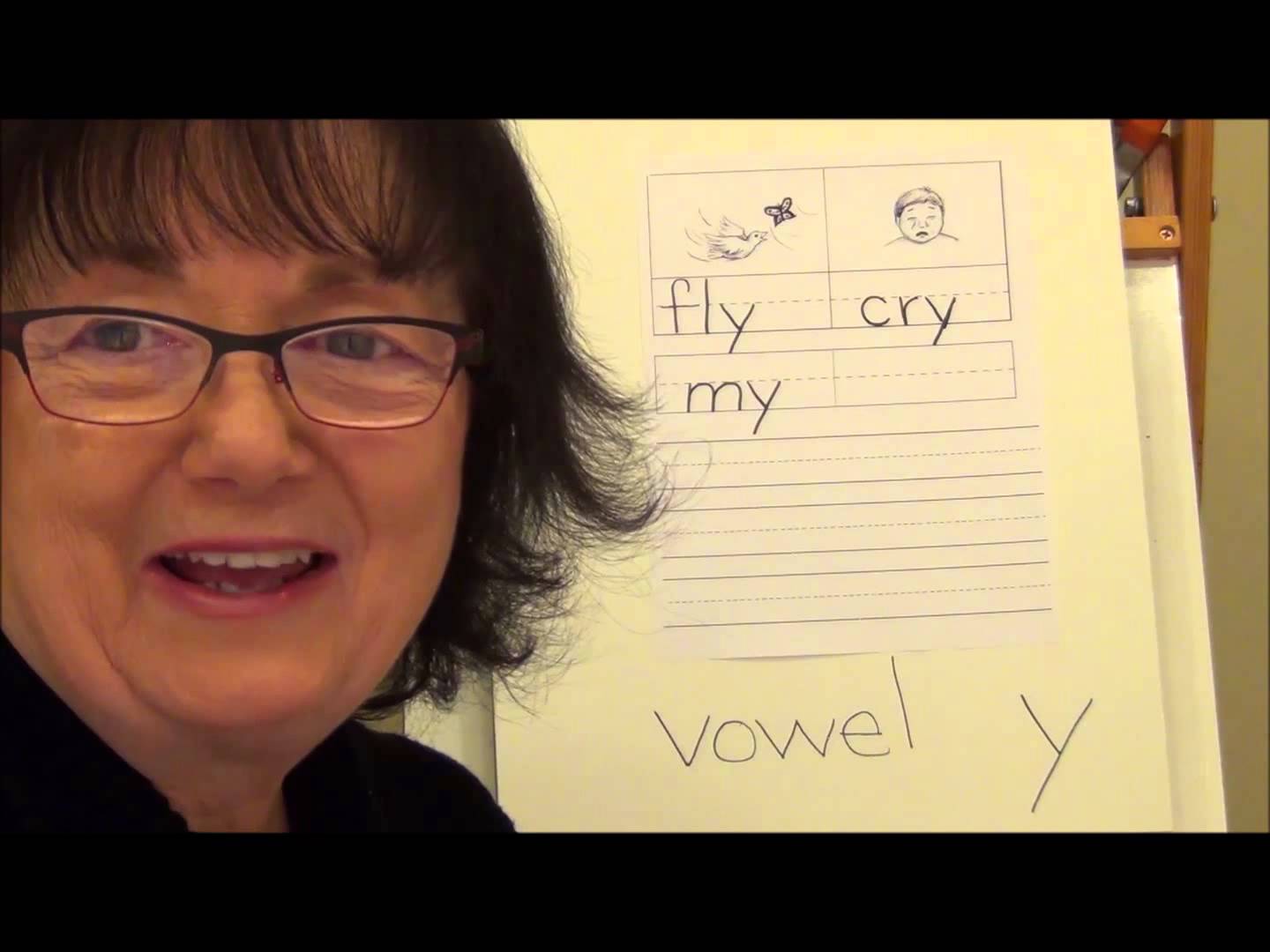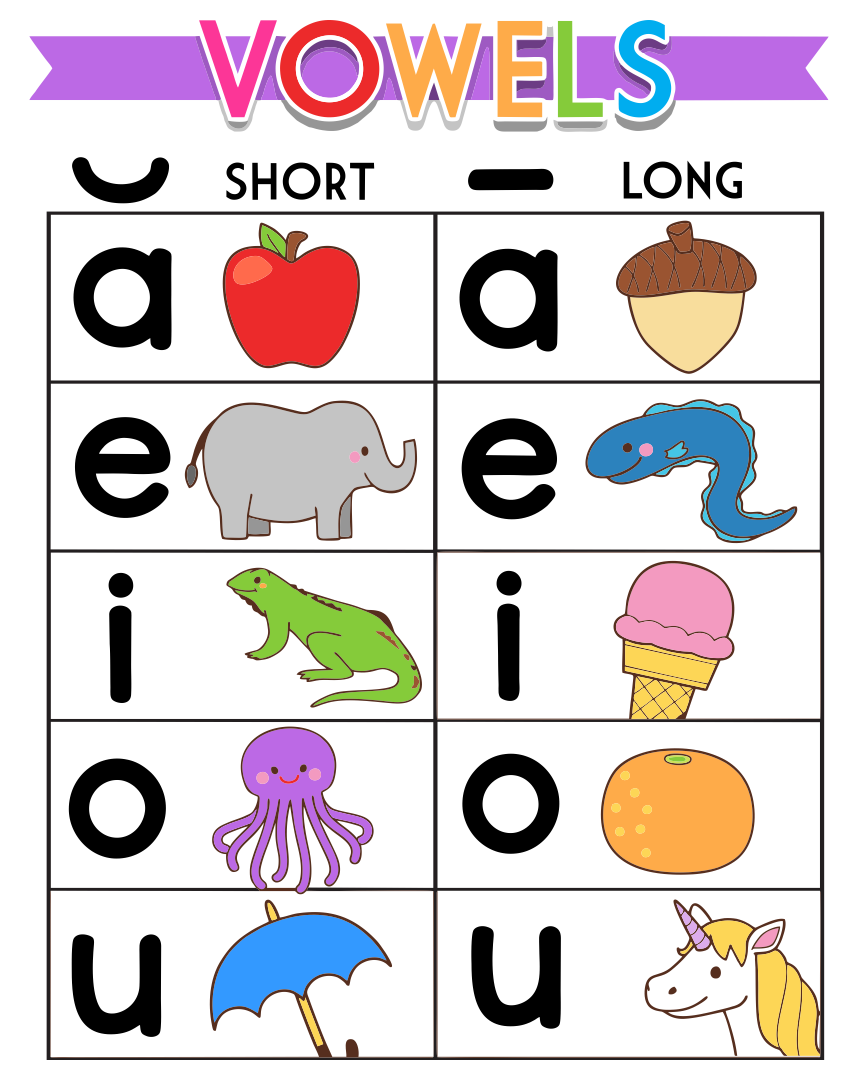
The short ‘e’ sound is often denoted in the International Phonetic Alphabet by the symbol /ɛ/, and is one of the most commonly used sounds in the English language. Definition and Examples of Short ‘e’ Sounds Knowing how to accurately pronounce short ‘a’ is paramount in making sure your communication is clear, especially in speaking situations when you don’t have time or space to repeat yourself. Take the words “cat” and “caught” for example both include an ‘a’ sound but the first one has a much shorter pronunciation of that sound thanks to its relaxed production. Short ‘a’ is produced when a speaker pronounces a word while keeping the jaw, tongue, and lips relaxed this creates a vowel sound which is shorter and more “closed” than its long ‘a’ counterpart.

Short ‘a’ sounds are an important part of the English language and can make a huge difference to speech clarity. Definition and Examples of Short ‘a’ Sounds Understanding how each of these vowels functions is a great skill to have for any student of English! A.


Voiced sounds are produced by pushing air out of the mouth via the vocal cords, as opposed to stopped or voiceless sounds, which are formed by pushing air through the mouth without involving the vocal cords. They help to give words their unique sound and make them distinct from one another. Vowels are the “voiced” sounds of a language.


 0 kommentar(er)
0 kommentar(er)
